Comics Experience owner Brian Hibbs has done his annual service to the industry byanalyzing the yearly graphic novels sales charts as reported to Bookscan. This is information people normally pay thousands of dollars for so it is technically leaked info, but while it’s there let’s take advantage of it. As Hibbs points out, these numbers do not reflect comics shops, indie bookstores, book fair or libraries, to name but four huge outlets for GN sales. So they are not complete. However they are a metric , and one that’s worth studying.
Reading this column and all the charts Hibbs has provided will take a long time, and unless you are a huge number wonk, your eyes may glaze over, so I’ve extracted a new numbers and quotes. You could really run the numbers many ways, so I’ve added a chart or two of my own.
First off, it was a boffo year for graphic novels! Sales were up 25.24% to their highest level ever! That includes the manga boom! This jibes with numbers reported earlier in the year, also from Bookscan, but calculated a different way, which announced a 22% rise in graphic novel sales in bookstores. And as Hibbs notes, this dwarfs the growth of GN sales in comics shops in 2015; they were up but by single digits.
So, yeah, that’s an astonishing level of growth in 2015, and it brings the Top 750 to the highest numbers it has ever charted in the history of this exercise. Amazing performance, and perhaps the clearest sign we can show of the transformation of comics material to Legitimate Art Form.
The trend for books in general through BookScan appears to be a general growth of 2.8% — which makes comics-material far far stronger than the curve. Clearly both print is dead, and comics are doomed — tell your friends!
(For what it’s worth, overall book sales through Diamond in the Direct Market appear to be up by just 3.14%, so the book market is growing significantly faster. Diamond only directly reports the Top 300 best-sellers each month, and those Top 300s in the DM sum up to $89.43 million. Deep into the micro, my own individual sales were up 14.41%.)
Here’s the top 20 titles. 12 are by women, so the search for emerging white male cartoonists continues. However, it should be noted that if you include Dork Diaries, you should probably include Wimpy Kid. The data Hibbs received didn’t include the gangbuster sales of that huge franchise, however because of technical issues. Adding the numbers would skew things quite a bit, but it should be noted that Dork Diaries is included because of a quirk of how the books are categorized, not because it’s a GN and Wimpy Kid isn’t.
Also in case you need it spelled out: graphic novels for kids are the fastest growing category of all, and CRUSH it in bookstores.
1. 352,791 — DORK DIARIES 10
2. 296,415 — DORK DIARIES 9
3. 263,932 — DRAMA
4. 240,045 — SMILE
5. 219,421 — SISTERS
6. 116,683 — BABY SITTER’S CLUB: KRISTY’S GREAT IDEA: FULL-COLOR
7. 115,424 — DORK DIARIES 1
8. 89,774 — BIG NATE: SAY GOOD-BYE TO DORK
9. 73,258 — EL DEAFO
10. 69,913 — BATMAN: THE KILLING JOKE HC
11. 69,748 — JEDI ACADEMY
12. 68,081 — BABY SITTER’S CLUB: THE TRUTH ABOUT STACEY: FULL-COLOR
13. 66,898 — BIG NATE’S GREATEST HITS
14. 66,442 — THE WALKING DEAD: COMPENDIUM V3 TP
15. 62,666 — BIG NATE: WELCOME TO MY WORLD
16. 60,493 — THE WALKING DEAD COMPENDIUM V1 TP
17. 60,485 — BIG NATE: THE CROWD GOES WILD!
18. 58,818 — HYPERBOLE AND A HALF
19. 58,338 — PERSEPOLIS 1
20. 58,261 — DORK DIARIES 9 TALES FRO B&N EDITION
Tale note! The #20 book is actually a B&N variant edition!
Many of the books on the charts have higher sales than ever before, even if they are backlist. This could be because Bookscan’s methodology got better or because more GNs are being sold. Maybe a little of both?
Raina Telgemeier continues to be the John Green of comics:
Raina has six books that chart altogether (though there are 27 entries in the full list, due to various editions and formats), and she sold 990k copies this year, for more than $11 million in sales — almost 6.5% of all the sales of the comics report for BookScan were by Raina Telgemeier (and almost 4.25% of the dollars!) That’s purely incredible (and just a little bit insane)
Also, in yet another blow to DC, they lost their spot as the #1 graphic novel publisher in bookstores for the first time, this time to Scholastic:
Since we’re tracking by the number of copies sold, 2015 brings us a large upset with the #1 Western publisher in the Top 750 now being Scholastic. Scholastic has several imprints — besides the Graphix imprint, they also publish Arthur A. Levine and Blue Sky, and together, they place 31 titles in 2015 for almost 1.4 million copies, and $16.4 million in sales.
(Though, note that this is exclusively through BookScan reporters — there is a working assumption that whatever retail bookstore sales we’re seeing here are just a tiny fraction of their overall sales — between Book Fairs, school sales, Library sales and such, Scholastic might be racking up much more impressive numbers, but I can only analyze what data I actually have!)
As calculated by Hibbs, the top 10 graphic novel publishers for 2015 are:
1. Scholastic
2. DC
3. Simon & Schuster
4. Image
5. Marvel
6. Andrews McMeel
7. Random House Penguin
8. HarperCollins
9. Dark Horse
10. Henry N. Abrams
Marvel’s underperformance in GN sales has long been noted here; as the #1 comics publisher, they should crush it but because of arcane internal ideas about carrying backstock they keep very few titles in stock. Hibbs notes:
Having said that, “Marvel” is practically synonymous with “comics” itself amongst “civilians” — and they had three movies with their brand in theaters in 2015 (“Ant-Man,” “Avengers: Age of Ultron,” and “Fantastic Four” — and their Icon imprint handles the comic book of “The Secret Service” from which the “Kingsman” movie was made) as well as two television shows (“Agents of S.H.I.E.L.D.” and “Agent Carter”) so from that point of view, selling about half of the books that Image does in the Top 750 hardly seems like a triumph. Further, Marvel absolutely dominates periodical releases, which absolutely should translate into best-selling collections as well. For all of their amazing advantages, Marvel, I continue to believe, radically lags behind in book sales in any meaningful relative fashion.
Because of a change in how Hibbs received the numbers, it does not include books that are out of print, and it’s interesting to note that in 2014 Marvel had 3352 titles on the list. In 2015 they had 1882 books in print. DC had 2746 titles on the chart in 2014 and 1690 in print in 2015.
Hibbs added D&Q to his chart for the first time. These numbers of D&Q titles are a lot higher than numbers I’ve seen reported on Bookscan in the past; once again maybe more indie bookstores or channels open to this material?
To my sudden surprise, we’ve never had a Long Tail for Drawn & Quarterly in the past. That should change since they placed four tittles into the Top 750 this year, with their top book being 11.4K copies of Kate Beaton’s “Step Aside Pops!” (“Hark A Vagrant” also charts with just over 4K sold). Adrian Tomine’s newest book, “Killing and Dying,” also charts for 9.2K sold.
Anyway that’s a few quick takeaways. Manga is also up in robust fashion. If you are interested in how the comics industry works and have a head for numbers I urge you to go over to Brian’s column and take a look for yourself. Download the leaked numbers and run your own reports.


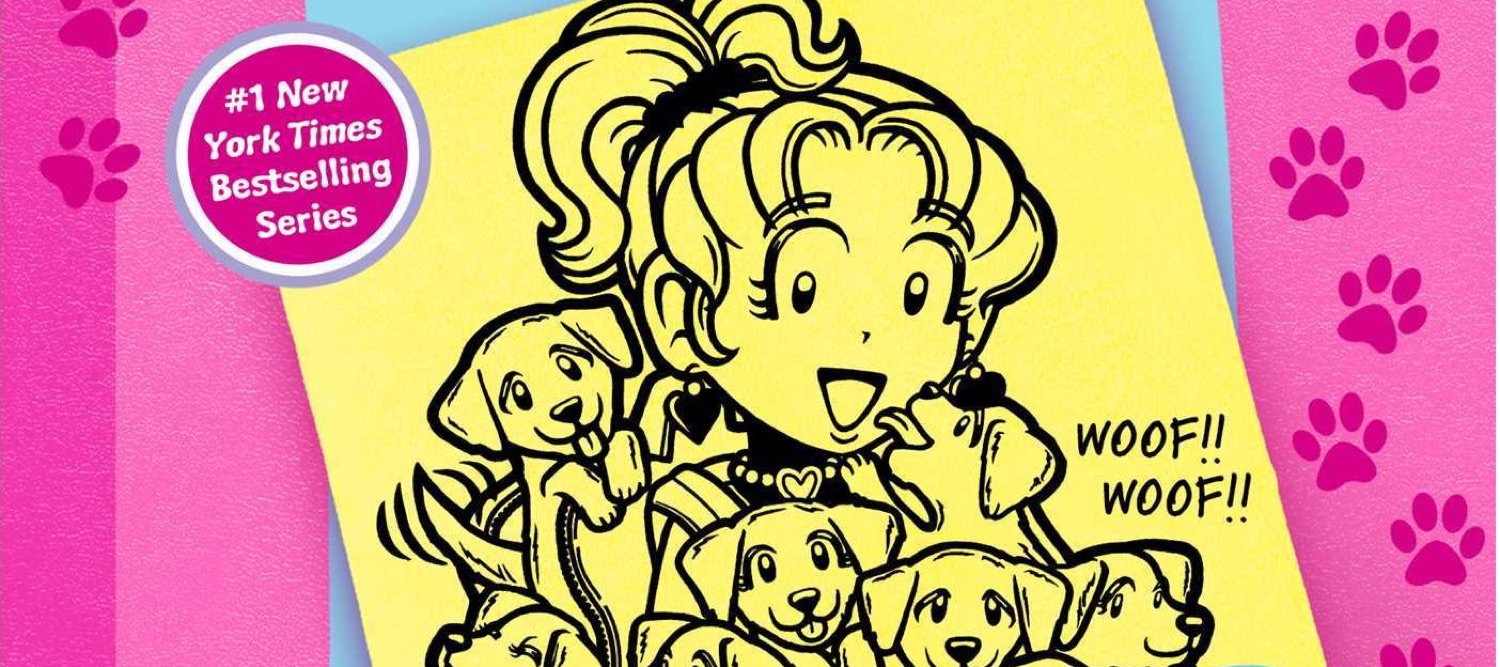
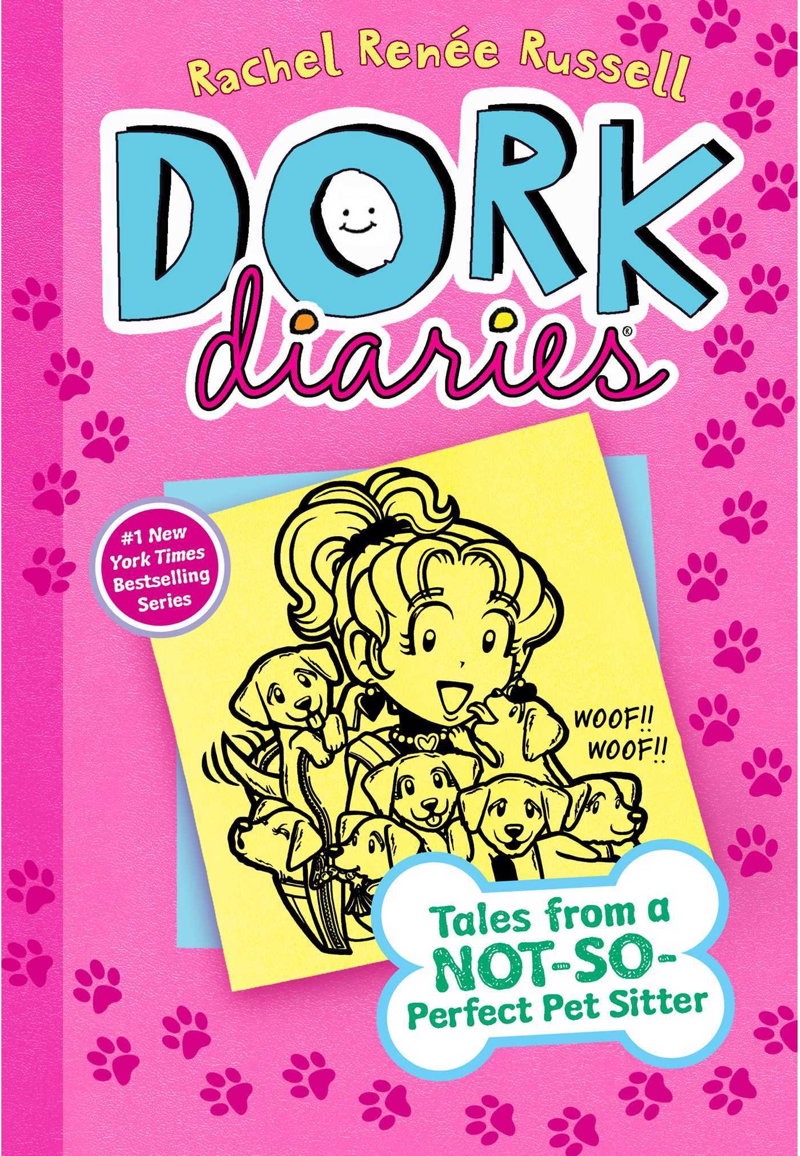
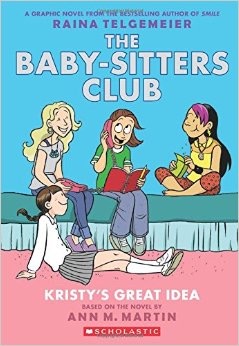
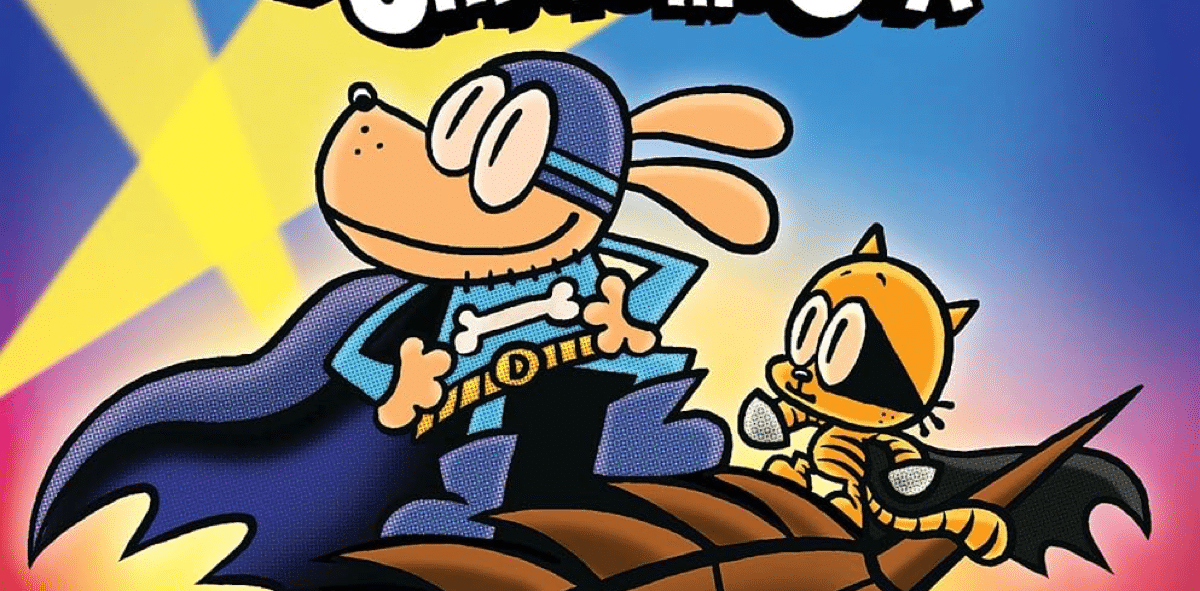
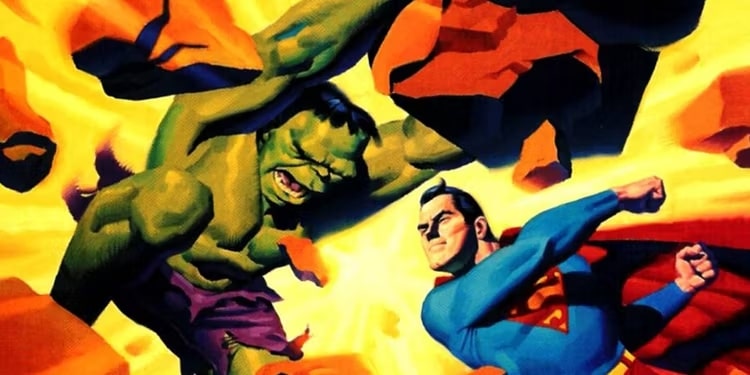

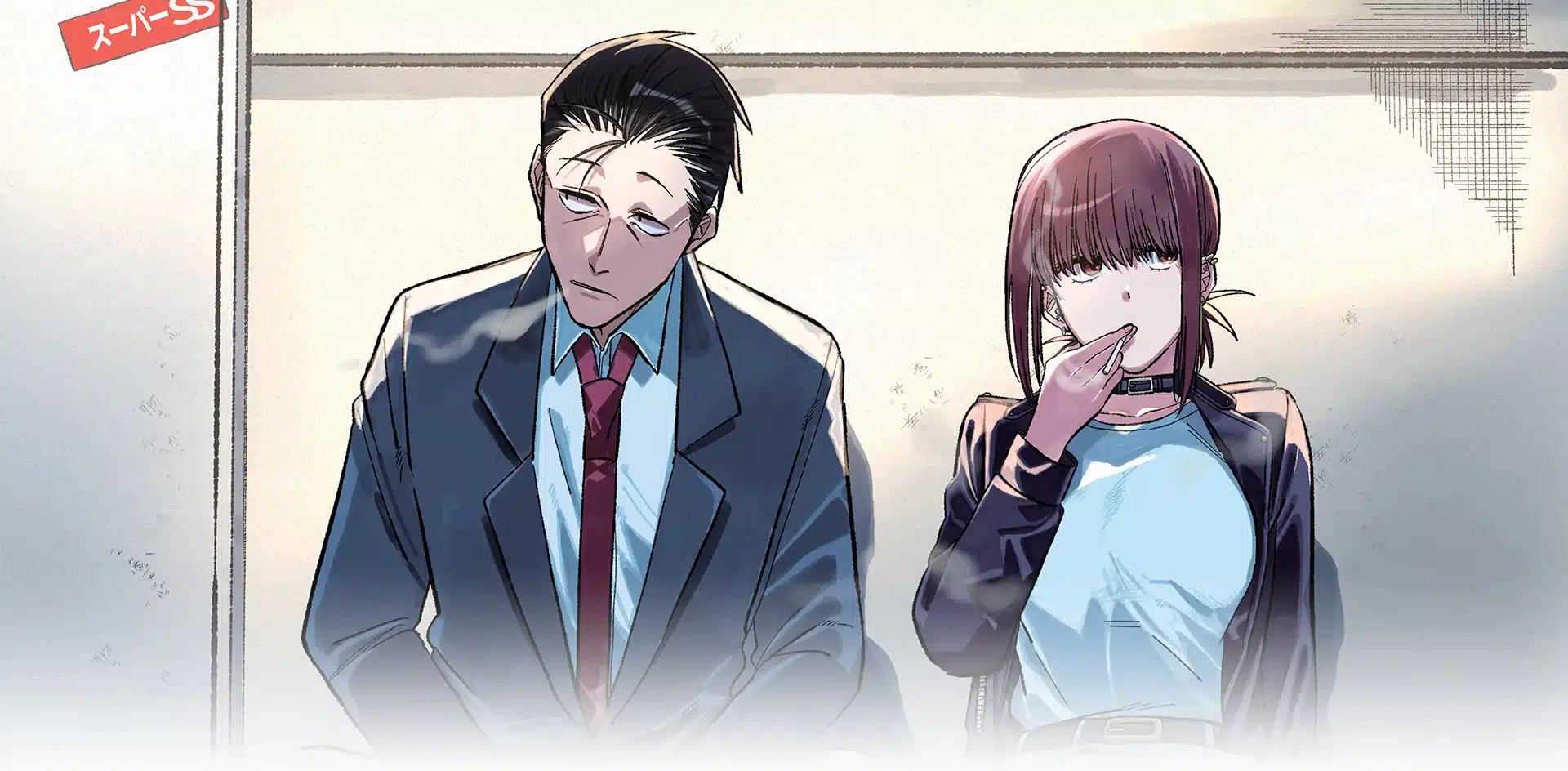

Notes for you, Ace: It is ComiX Experience, not ComiCS :)
Also, it’s not the first time ever DC lost the #2 Western spot — Image actually took it from them at the height of The Walking Dead madness in 2013. DC took it back in 2014.
-B
I’m only surprised by the fact that DC and Marvel are still getting books onto the radar for the traditional retail. Something that would really help complete the picture is sales into the institutional markets (library and educational). Those numbers are undoubtedly much bigger as the traditional houses like Scholastic, Abrams, Norton, S&S, etc. know the critical elements needed for sales into those parts of the book business.
I know some folks want to discount the benefit of Wimpy Kid but because it was cataloged as a graphic novel, and because the demand for the series remains so high, the buyers in the educational and public library market began to look for anything else that was listed as a graphic novel.
So, without Mr. Jeff Kinney, you probably be seeing these numbers today.
Comments are closed.